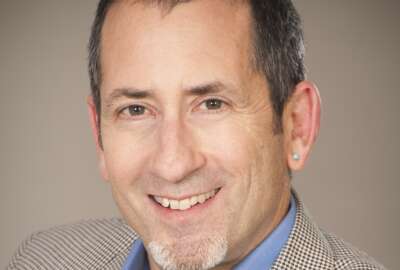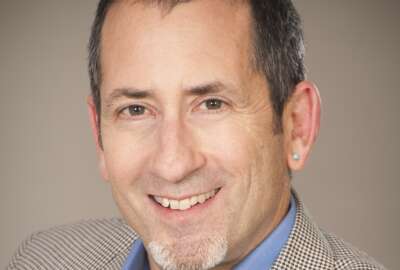
Friday thoughts on human connections
On LinkedIn, the endless river "people you may know" presents an astonishing cross-section of one's life.
I used to have this fantasy that everyone, once in their life, would host a party that every single person they’d ever encountered would attend. Every cab driver, clerk, airline attendant, bank teller, waiter … it would probably be tens of thousands of people. The idea was, at every encounter you’d exchange an identifying card to be used later for the invite to your cosmic shindig. I eventually realized the mathematical impossibility of this idea.
Still, it came back to me the other day when, for the first time in months, I spent some measurable time on LinkedIn. I’m not what you’d call a social media native. Sites like Facebook can be useful. But a lot of what people post conjures up an image of a pinball bouncing among the electric pillars of stupid, creepy, insecure or embarrassing. And, never forget what all of these sites really are: advertising media.
I like LinkedIn the best because, I don’t know, somehow it’s more business oriented. The mobile version is a dog, but it’s easy to find your way around the regular web version.
After saying yes to a few recent invitations and launching a few myself, I started idly scrolling through the “people you might know” section. This was after watching a video someone posted about an “erection monster machine.” No, not what you’re thinking. It’s a block-long, bridge-deck installation apparatus in China. If you like big, brightly colored machines, you’ll love this.
Anyhow, the endless river “people you may know” presents an astonishing cross-section of one’s life. Most of the people I don’t actually know or don’t remember. But those I do make a strange collection. Past colleagues, some waaay past, pop up. Former editors, like me, who are doing something else now. Lots of PR people — goes with my territory. Stranger still, friends’ kids who are now working in their own careers. Kids I used to coach that have grown up. Parents of kids I used to coach. My kids’ friends. A few cousins. People I’ve dealt with professionally who are now CEOs. People I’ve dealt with professionally who are now mountaintop gurus. People at the same jobs in different companies. People who aren’t yet retired but should be. People who have gained or lost 50 pounds. People I thought had died. People whose faces I recognize but not the name, or names I recognize whose faces have changed so much I couldn’t pick them out of a lineup.
Whatever algorithms LinkedIn uses, they’re thorough. They really do serve up people I may know. They have power in that they tempt me to make reconnections, until I think, “Then what?” I’m not selling database software or revolutionary skin cleanser.
More fun are the happenstance connections. At the GITEC conference in Baltimore, where I moderated several panels, something happened in the hall before a panel: I was going over with the panelists what we wanted to talk about. One of them had a last name that rang a distant bell. I said, “This is far fetched, but 39 years ago …” Before I could finish the sentence, he answered, “That was me.” Turns out I’d interviewed him decades earlier for a story totally unrelated to federal IT. I was a 22-year-old reporter on a small weekly, and this man at the time was 19. The interview took place in his parents living room in a small New England town.
Now we’re connected professionally on LinkedIn. But before Wednesday, even LinkedIn’s powerful algorithms didn’t make that connection.
Copyright © 2024 Federal News Network. All rights reserved. This website is not intended for users located within the European Economic Area.
Tom Temin is host of the Federal Drive and has been providing insight on federal technology and management issues for more than 30 years.
Follow @tteminWFED
More commentary from Tom Temin






